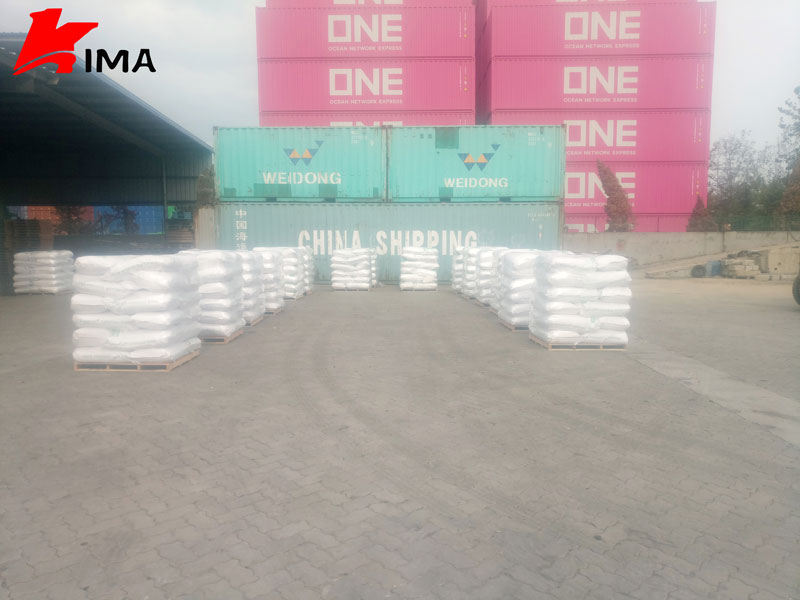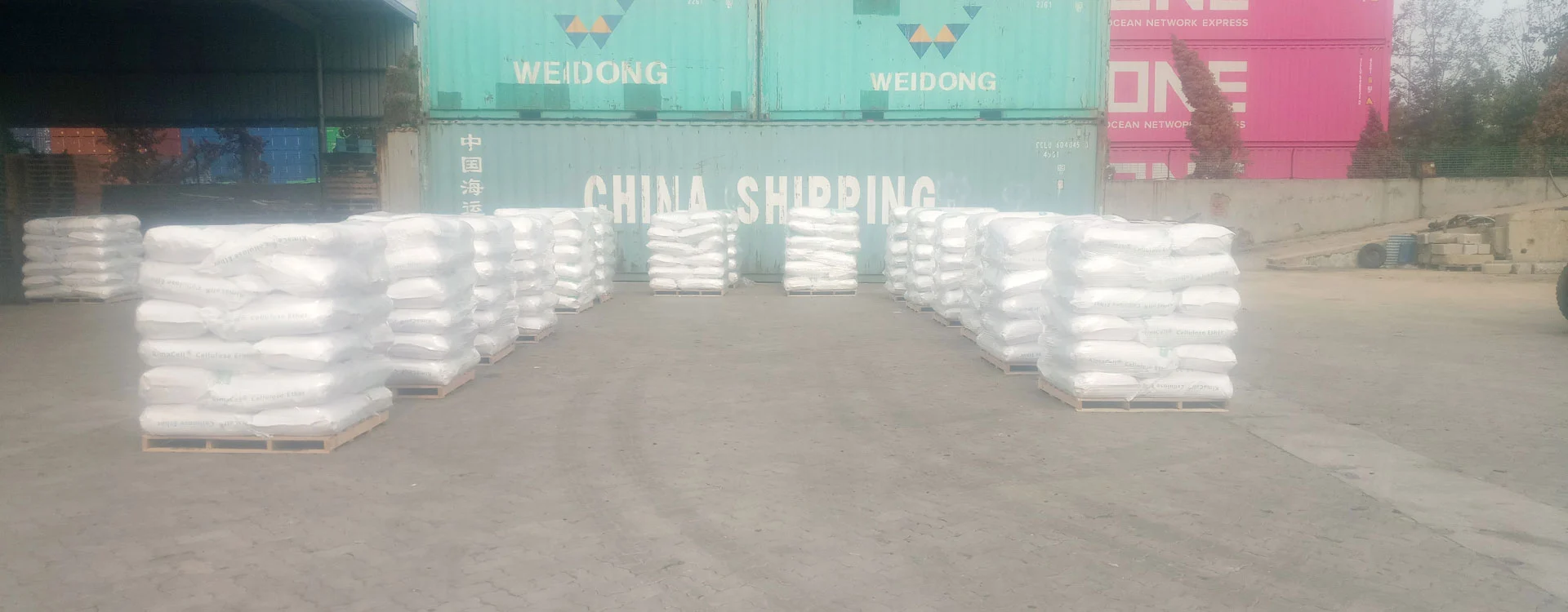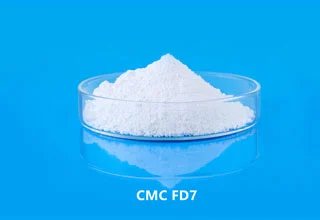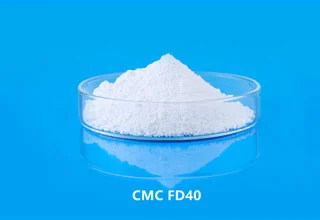Advantages of CMC Use in Detergent
Detergent grade cmc methyl cellulose has several advantages that make it a valuable additive in the detergent industry. Some of the main advantages of detergent grade CMC include:
Improved cleaning performance:
CMC chemical for detergent can disperse and suspend soil particles and other contaminants, improving the cleaning performance of the detergent.
Enhanced stability:
CMC for detergent can thicken and stabilize the detergent formulation, improving its viscosity and preventing phase separation.
Improved texture and appearance:
CMC for detergent can improve the texture and appearance of the detergent, making it more appealing to consumers.
Reduced formulation costs:
CMC for detergent is a cost-effective ingredient that can reduce the overall formulation costs of the detergent.
Environmentally friendly:
CMC for detergent is a biodegradable and renewable ingredient that can be used to reduce the environmental impact of detergent formulations.
Improved user experience:
CMC for detergent can improve the user experience of the detergent, making it easier to dissolve and use.

CMC Chemical For Detergent Precautions
CMC methyl cellulose is commonly used as a detergent additive due to its ability to improve the stability, viscosity, and cleaning performance of detergent formulations. However, it is important to take certain precautions when using CMC chemical in detergents. Here are some precautions to consider:
Handling and Storage: When handling CMC chemical for detergent, it is important to follow good hygiene practices. Wear appropriate protective equipment, such as gloves and goggles, to avoid direct contact with the skin, eyes, or inhalation of the powder. Store CMC detergent in a cool, dry place, away from direct sunlight, heat sources, and incompatible substances.
Allergic Reactions: While allergic reactions to CMC are rare, some individuals may be sensitive or allergic to this chemical. If you have a known allergy to cellulose derivatives or have experienced any allergic reactions to similar products in the past, it is advisable to consult a healthcare professional before using detergents containing CMC.
Inhalation: When working with CMC powder in detergent, avoid breathing in the dust or aerosol particles. If handling CMC in a powdered form, use appropriate engineering controls, such as local exhaust ventilation, to minimize airborne dust. If there is significant exposure to CMC dust, move to an area with fresh air and seek medical attention if respiratory symptoms occur.
Eye and Skin Contact: In case of eye contact, immediately flush the eyes with plenty of water for at least 15 minutes and seek medical attention if irritation persists. If CMC use in detergent comes into contact with the skin, wash the affected area thoroughly with soap and water. If skin irritation occurs or persists, seek medical advice.
Compatibility: CMC use in detergent is generally compatible with most detergent formulations. However, it is recommended to perform compatibility tests before using CMC in a new detergent formulation or in combination with other additives. This will help ensure the desired performance and stability of the detergent.
Regulatory Compliance: Adhere to all relevant regulations and guidelines when using CMC in detergent formulations. Ensure compliance with local, regional, and international regulations regarding handling, storage, labeling, and disposal of CMC chemicals.
Product Safety Data Sheet (SDS): Obtain and carefully read the SDS provided by the CMC manufacturer. The SDS provides detailed information about the chemical properties, handling precautions, first aid measures, and emergency procedures related to CMC use in detergent.
It is important to note that the precautions mentioned above are general guidelines and may vary depending on the specific formulation of the detergent and individual circumstances. If you have specific concerns or questions about the use of CMC in detergent, it is recommended to consult the CMC manufacturer or a relevant technical expert for personalized advice.
 English
English 日本語
日本語 français
français Deutsch
Deutsch Español
Español italiano
italiano русский
русский português
português العربية
العربية Türkçe
Türkçe Nederland
Nederland






